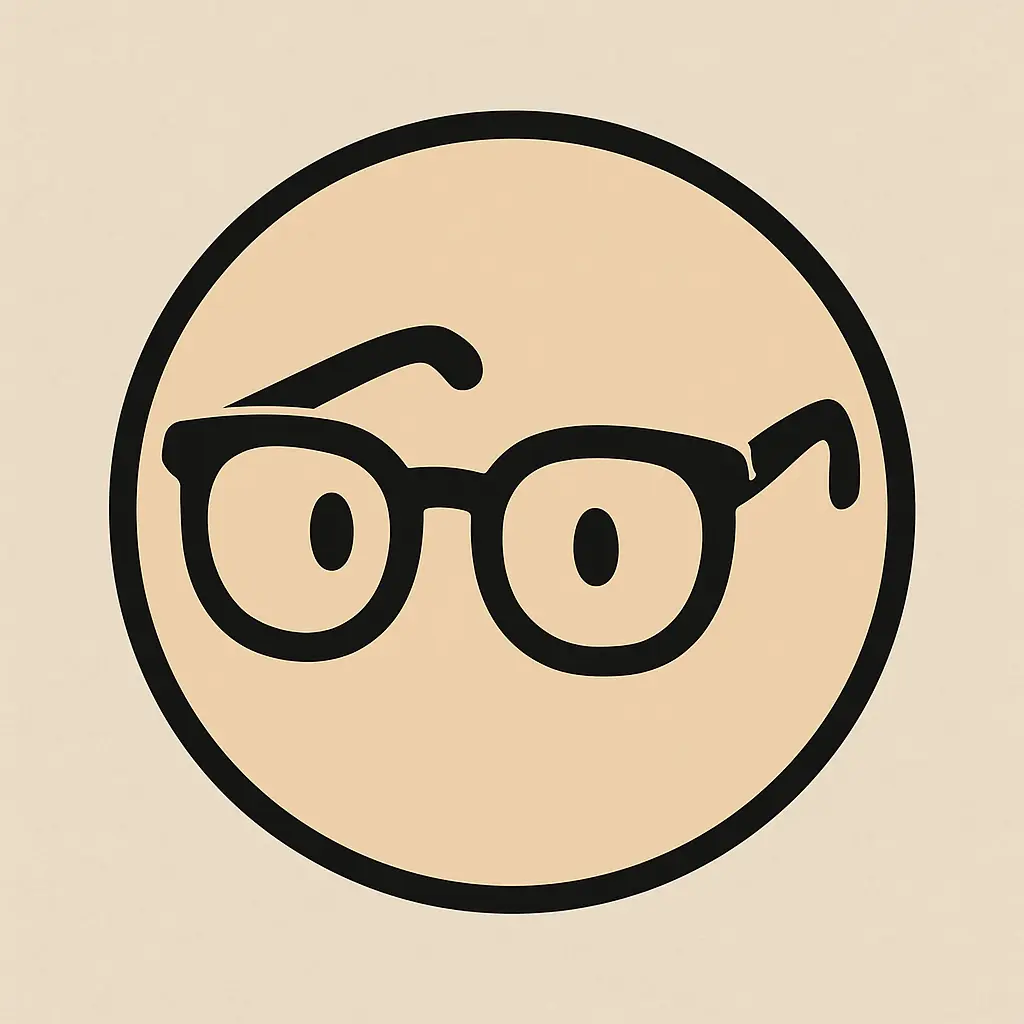Glasses For Good

Introduction
The problem my team and I, partnering with Vanderbilt Health, are trying to resolve is the creation of custom glasses for patients with syndromes which produce facial abnormalities.
Target Patients
Past Solutions
In the past, Vanderbilt has outsourced the production of these glasses with the Loving Eyes Foundation (LEF), however due to the fact that LEF is based in California it can take months to get the glasses to the patients. LEF may need to have the glasses be sent back if they do not fit the first time, and by the time the patient gets glasses that fit well enough, they need to be reevaluated for a new perscription.
Our Solution
We plan to develop an iOS app that will take measurements of a patients face and give Vanderbilt a 3D model of the glasses to try out after using a machine learning algorithm to analyze the patients characteristics.
Requirements
- iOS frontend
- Apple Developer Liscense
- LiDAR Facial Scanner Liscense
- ML Backend
- Power
- API domain
- Storage Cost
- 3D Modeling
- 3D Modeling Liscense
Analysis
In this project we plan for the process of getting the glasses to go like this:
- Take a scan of the patient's face
- Send the file generated by the LiDAR scan through our app
- Process the LiDAR scan and get patient's facial measurements from the scan:
- Mid-face to Right Side
- Mid-face to Left Side
- Height of Right Ear
- Height of Left Ear
- Nose bridge to Right Ear
- Nose bridge to Left Ear
- Send the measurements to our backend, and based off of the measurments generate glasses measurements:
- Width of Glasses from mid to right
- Width of Glasses from mid to left
- Length glasses from front to left ear
- Length glasses from front to right ear
- Length of left glasses Loop
- Length of right glasses Loop
- Send glasses measurements to a parametric 3D model to get a custom fit for the glasses
- Print the Frame with a very stiff TPU polymer
Design
In this section I will explain how I plan to implement Frontend and Backend Features
Frontend

The frontend app is inteded to be deployed on the iOS store, running off of Expo Dev with a React Native framework.
Backend
- The backend is hosted from a Proxmox Linux server, hosting an Ubuntu server using Qemu VMware.
- I access the backend using an ssh tunnel where it will only trust users with public key verification.
- The backend is using Python (version 3.12.3) for its accessible machine learning libraries like Tensorflow.
- Using Tensorflow we plan on using a Linear Regression Model To predict the set of measurements for our glasses based off of measurments from the face using Labeled Data from a PostgreSQL library.